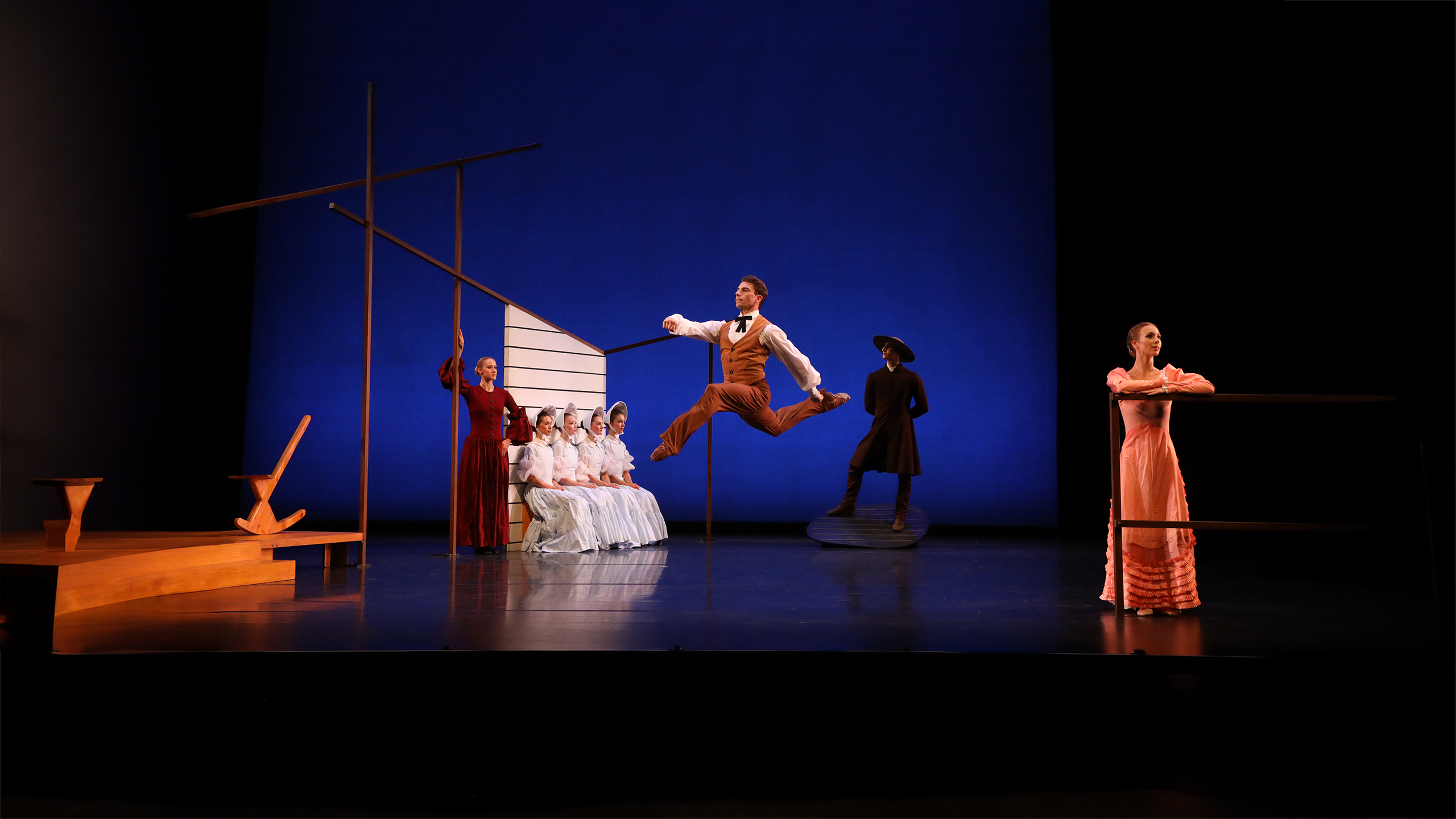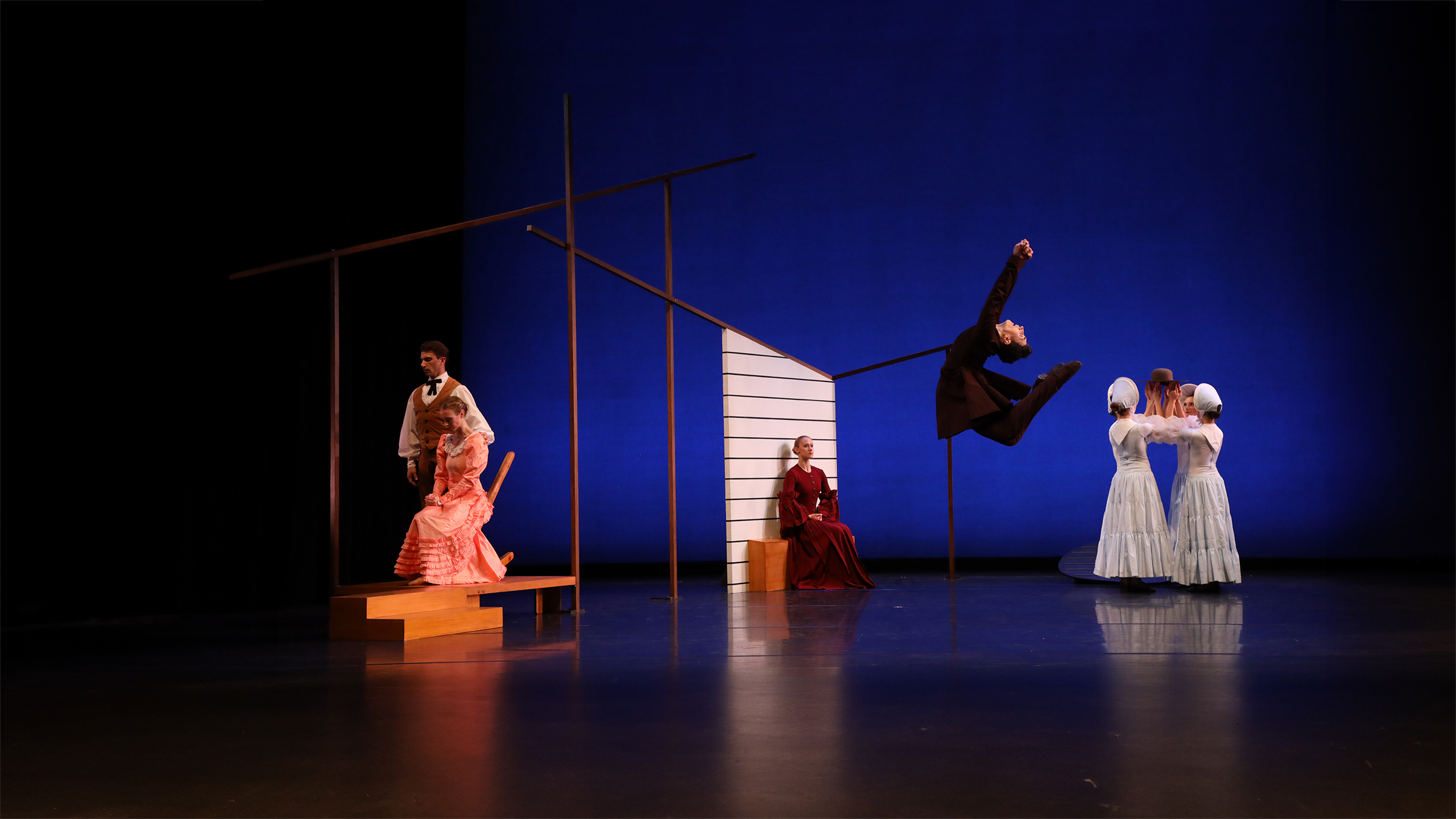Choreographer | Martha Graham

Martha Graham
Hailed as ‘the mother of American modern dance”, Martha Graham’s astonishing 70-year career was a 20th century phenomenon of enormous impact and influence. As she admitted in her 1994 autobiography, “I have spent all my life with dance and being a dancer. It’s permitting life to use you in a very intense way. Sometimes it is not pleasant. Sometimes it is fearful. But nevertheless it is inevitable.”
Born 1894 in Allegheny, Pennsylvania, into a Presbyterian family of Irish immigrant descent, Martha began dance classes at the Denishawn School founded by Ruth St Denis and Ted Shawn, after her family moved to Santa Barbara in 1911. Leaving in 1923 to create dance based in actual human experience rather than the exotic entertainment she perceived as the Denishawn ethos, Martha danced in the Greenwich Follies to earn cash, and in 1926 founded her Center of Contemporary Dance in New York, presenting herself in her own choreography from that year on.
Developing her system of ‘contraction and release’ Martha continued to teach and give concerts, fronting her own all-female group, and establishing a strong collaborative and personal partnership with the musician Louis Horst. By the late 1930s, she was commissioning musical scores, attracting private support, introducing stage sets and her company’s first male dancers, Erick Hawkins and Merce Cunningham. She would marry Hawkins in 1948 until his departure and their 1954 divorce. Her musica collaborators included Aaron Copland, Norman Dello Joio, Samuel Barber and Gian Carlo Menotti.
Until her reluctant retirement from performing in 1969, the redoubtable Martha led her company to international success, creating a huge repertoire of major works, often based on psychological interpretations of classical legend: Night Journey, Cave of the Heart, Medea, Clytemnestra and Errand into the Maze. After her retirement, Martha continued to create works and run her company, but she gradually sank into depression when dancing was denied her. As she wrote: “[When I stopped dancing] I had lost my will to live. I stayed home alone, ate very little, drank too much and brooded… I was in the hospital for a long time, much of it in a coma.”
In 1972, Martha rallied, reorganised her company and created a further 10 dances, before dying in New York, full of years and honours, in 1991. The Graham technique and her repertoire of landmark dances remain her legacy to the world.


